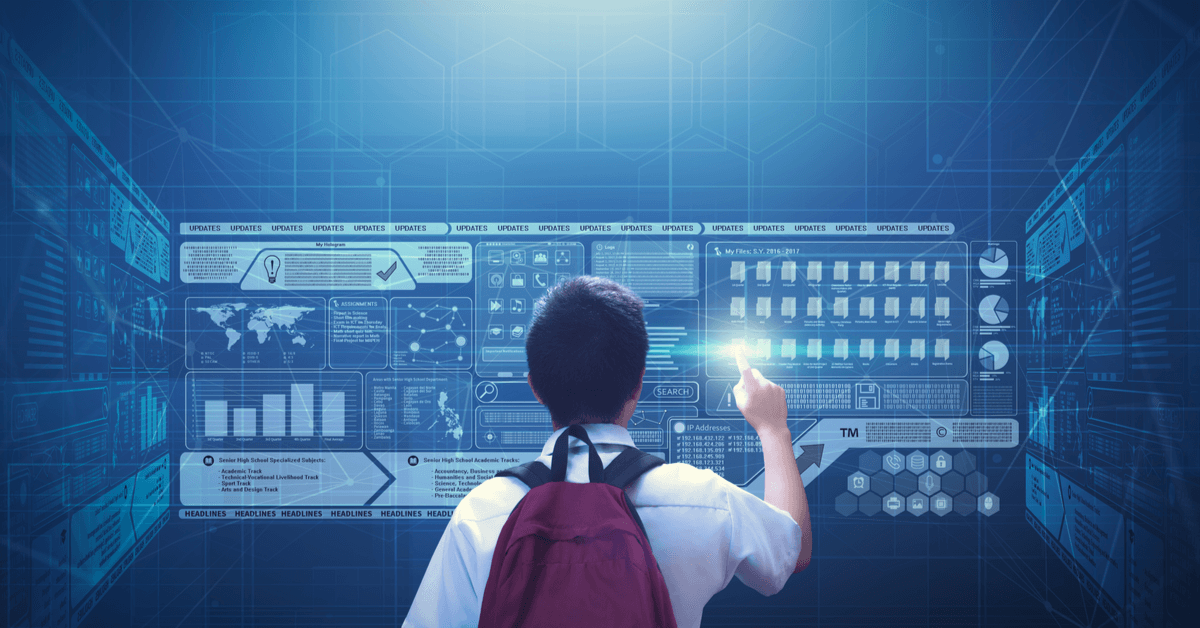School digitisation and new challenges for universities: 3 concrete practices to consider

School digitisation is a process that began about 15 years ago, when a National Digital School Plan was first discussed in Italy. The Plan was the main instrument through which thousands of interactive whiteboards (IWBs) were adopted and wired or wireless Internet connection has spread in most institutions of all levels. This connection, considered unsuitable for digital teaching even by the ministry in the period before the pandemic, has become the focal point for both schools and universities, both of which are forced to make massive use of distance learning. That’s why, even though they currently refer to two different departments, school and universities digitisation is united by practices that can be considered useful in both cases. Below, let’s see which ones.
School digitisation needs technological infrastructure
The National Plan for Recovery and Resilience (NPRR) allocates 2,10 billion euros to School 4.0. "The measure -reads the NPRR- aims at transforming school spaces so that they become adaptable, flexible and digital connected learning environments, with technologically advanced laboratories and a work-oriented learning process". Regarding investments on the university education side, the NPRR aims at the creation of three Digital Education Hubs (DEH) "to improve the capacity of the higher education system to offer digital education to students and university workers". In both cases, an aspect emerges on which probably not enough attention has been paid so far: the school digitisation, as well as universities, requires an underlying technological infrastructure in terms of connectivity, data management, security and scalability that can support multiple and constant accesses. And this should now be considered normal, not an exception due to emergency reasons such as Covid-19.
Managing the Cloud Migration
The Coronavirus has made various distance learning platforms familiar to both the educational and academic worlds. So much so that the school digitisation, repeatedly evoked as a theoretical necessity, has suddenly become an essential factor in the continuation of non-attendance classes. Cloud Migration is one of the cornerstones of the NPRR, which urges a choice "between migrating to a new state-of-the-art national cloud infrastructure (National Strategic Hub, NSH) or to a secure public cloud". But since moving from a traditional to a cloud architecture is not a straightforward operation, the school and universities digitisation needs to be supported by actors with ad hoc expertise.
School and universities digitisation is an ongoing process
The parties to whom schools and universities can turn in this digital transformation process, such as system integrators or managed service providers, are the same ones who ensure that innovation is not subject to rapid obsolescence. The case of interactive whiteboards, from this point of view, is emblematic. In the aftermath of their massive installation in thousands of schools, the advent of the pandemic has shown all their limitations in terms of interoperability and integration with the platforms used for distance learning. Similarly, the implementation of that technological infrastructure mentioned earlier, with a redesign of IT architectures that exploit cloud computing also in hybrid form, requires that the complexity of environments be managed with evolved control models that make the school and universities digitisation a continuous innovative process. This third practice is what can provide those compliance, security and resilience requirements that an organisation can no longer give up.







